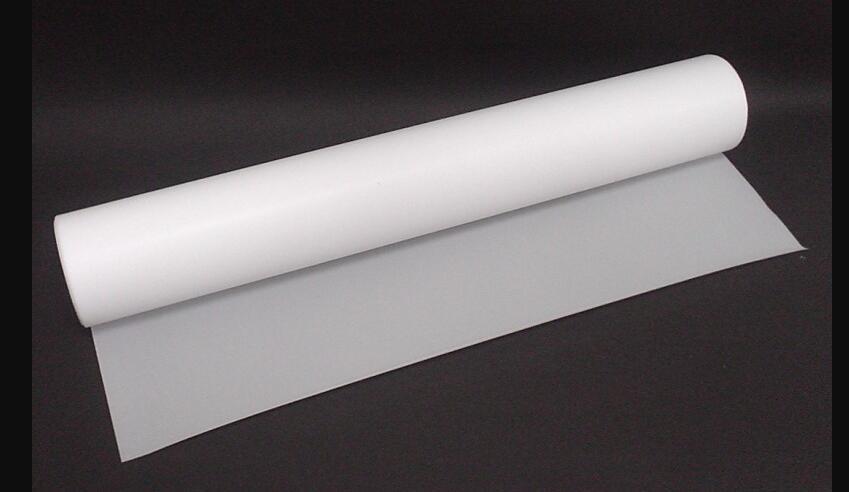UHMW Polyethylene Film has extremely high abrasion resistance, exceeding the abrasion resistance of steel. Coupled with broad chemical resistance and low coefficient of friction makes UHMW an extremely versatile engineering material for many severe service applications. Slippery like polymer® Fluoropolymer, but super abrasion & wear resistant. UHMW Polymers have a molecular weight average 10 times that of conventional high density polyethylene resins. Higher molecular weight gives UHMW Polymers its unique combination of characteristics Applications: Inner and outer surfaces for potable water, chemical, fuel and hydraulic hoses, bottom surfaces for skis and snow boards, linings for chutes to decrease friction and wear.

Commercial skived film of ultra-high molecular-weight polyethylene (UHMWPE) with high uniaxial orientation1 was studied during melting and crystallisation with a time-resolution of 30 s in order to identify the crystallisation mechanisms .
It was found that isotropic crystallisation occurs whenever the melt is heated to 140◦C or above. Oriented crystallisation occurs, if the melt is kept at 138◦C or below. An optimum melt annealing temperature appears to be 136◦C. At this temperature the semicrystalline nanostructure of the original film is completely erased, whereas the orientation memory of the melt is preserved. Moreover, isothermal crystallisation cannot be initiated at a temperature of 110◦C and higher. At a temperature of 105◦C oriented crystallisation starts after 2.5 min. Lamellae with slowly decreasing thickness are growing during an isothermal period of 20 min.
During the following non-isothermal crystallisation (cooling rate: 20◦C/min) small crystalline blocks with next-neighbour correlation are formed. Thus the crystallisation mechanisms are similar to those found with other polyethylene materials with sufficiently high chain entanglement density studied earlier, except for the considerable undercooling required for the initiation of isothermal crystallisation.
Analysis of the data in real space by means of the multidimensional CDF has been performed. During the melting of the material the average thickness of the crystalline layers remains constant (27 nm), while the long period is strongly increasing from 60 nm to 140 nm. Because the analysis shows that even the original nanostructure is dominated by next-neighbour correlations only this means that the stability of a lamella is monotonously increasing as a function of the distance to its neighbours. While the original structure exhibits extended lamellae, the recrystallised domains are not wider than the distance between them in fibre direction s3.
Applications include lining of conveyor, guide rails, chute liners, chain guides, drawer glides and noise reduction. Excellent abrasion and wear resistance.
Post time: Jun-17-2017

